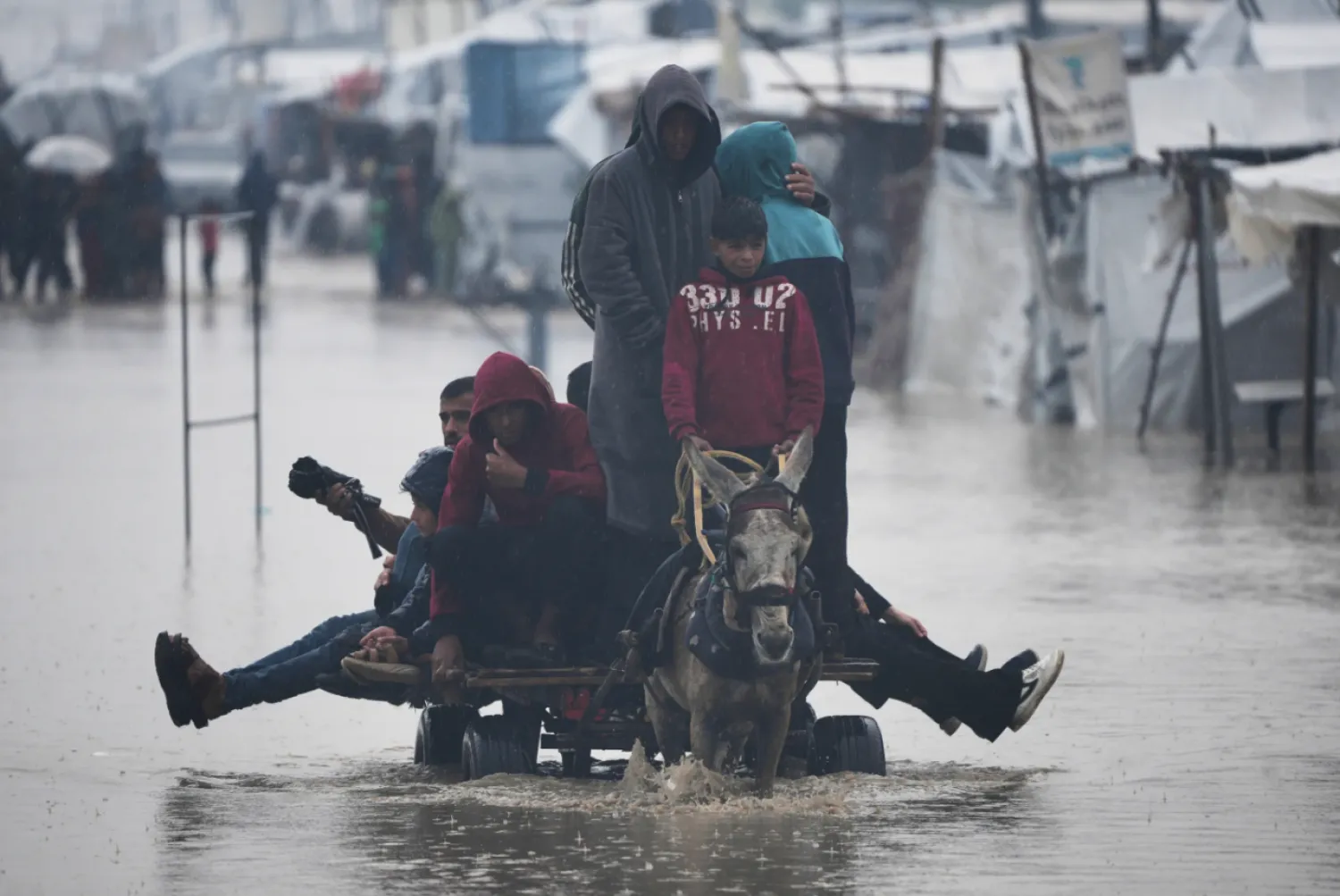Is the battle against the ISIS terrorist organization still ongoing despite its military defeats in Iraq and Syria? This question has started to trouble the Americans more than others.
A survey by the University of Maryland in cooperation with Brooking Institute found that 70 percent of Americans see ISIS as the greatest challenge to the US in the Middle East.
Is ISIS really still a threat to the US within its territories? Can we say that President Donald Trump’s strategy to combat ISIS outside his country's borders was a success, but a failure on the inside?
Prior to his election, Trump had made it clear that he wanted to combat ISIS. After his election, he adopted a more hands-on military policy, albeit a decentralized one, in Syria by offering training and air cover. He also gave the military greater say in field decisions. The results were Trump’s success in liberating in 11 months 40,000 square kilometers of territory that had been occupied by ISIS.
The US military presence in Syria will not end any time soon with the defeat of the terror group. The troops will remain there to prevent Iran and Syrian regime forces from seizing territories that have been freed from the group.
In Iraq, the US-led international coalition played a central role in the liberation of the city of Mosul. Trump’s administration also played an effective role in pressuring countries to stop their terror financing. This weakened ISIS and culminated in the liberation of several other Iraqi cities.
ISIS threats against the US
Despite its defeats in the Middle East, ISIS has not stopped its threats against the US. American intelligence has been wary of this threat from the start. Former Director of US National Intelligence James Clapper had warned in an interview to CNN that ISIS was capable of launching attacks in the US similar to the ones its carried out in Paris and Brussels.
Trump’s controversial decision to recognize Jerusalem as the capital of Israel has pushed the terrorist organization to renew its calls to launch attacks in the US. At the end of 2017, the group released online a photograph of a man wearing a scarf, showing the ISIS logo, with New York City’s Central Park in the background. The photo’s caption read: “We are in your home.” A number of other similar threats have also been made online, leaving observers to wonder if this was just part of a propaganda war or a precursor for an actual attack.
ISIS to American: We are among you
An analysis of this virtual campaign has led observers to believe that the real threat is now posed from splinter ISIS cells and not the leaders of the group itself. This is a more dangerous prospect than actual direct ISIS attacks. Why so?
When ISIS lost its Raqqa stronghold in Syria, it lost with it all of its professional media capabilities that were the backbone of its once impressive propaganda machine. As evidence, the recent New York photos appear amateurish and were likely taken by bloggers, not actual members of ISIS. This raises the disturbing prospect that ISIS may have won the social media war. Through online media, the group is able to reach and control new members, who have a tendency to extremism and stoke these sentiments to radicalize them. Most worrying is that the locations of these new recruits is unknown and their terror plotting will remain secret, making them much more dangerous than known ISIS members.
General Townsend and the US ‘caliphate’
Lieutenant General Stephen Townsend, the former commander of the international coalition against ISIS, said that destroying ISIS’ so-called “caliphate” in Raqqa does not mean the destruction of the organization. He instead spoke of the possibility of the emergence of a so-called “virtual caliphate” where ISIS will seek to recruit new followers from all over the world.
A security or military confrontation against the virtual threat is useless. Such a war will need electronic measures to combat terrorists on Facebook, Twitter and other social media outlets.
Another danger aspect of the online war are continuous attempts by experts inside the organization to hack the emails of US officials, especially security and intelligence figures. ISIS had indeed hacked the information of US soldiers and diplomats, releasing their names and telephone numbers. In some instances, their home addresses and credit card information were also released.
Threat from the Caribbean
Very few people have been alerted to the potential terrorist threat posed by the small nation of Trinidad and Tobago in the Caribbean. Some 125 ISIS members have hailed from the country in recent years, prompting US authorities to label it as a potential extremist hub. The island is only three hours away from the US and despite the extremist label, it has so far flown under the radar of security monitors.
New ISIS members seeking to attack the US may arm themselves with new weapons by adopting “innovative terrorism.” An example of this may be mass cyanide poisonings in malls or even in food products sold at groceries, which may lead to a worldwide disaster.
Given these possible threats, the FBI said that ISIS remains the greatest threat to the US. This was confirmed in late September by bureau Director Christopher Wray. He said that ISIS, along with local extremists, are the greatest threat to the country. The FBI, he added, has continued to track down Americans seeking to travel to join ISIS and seeking to carry out terror attacks within the US.









